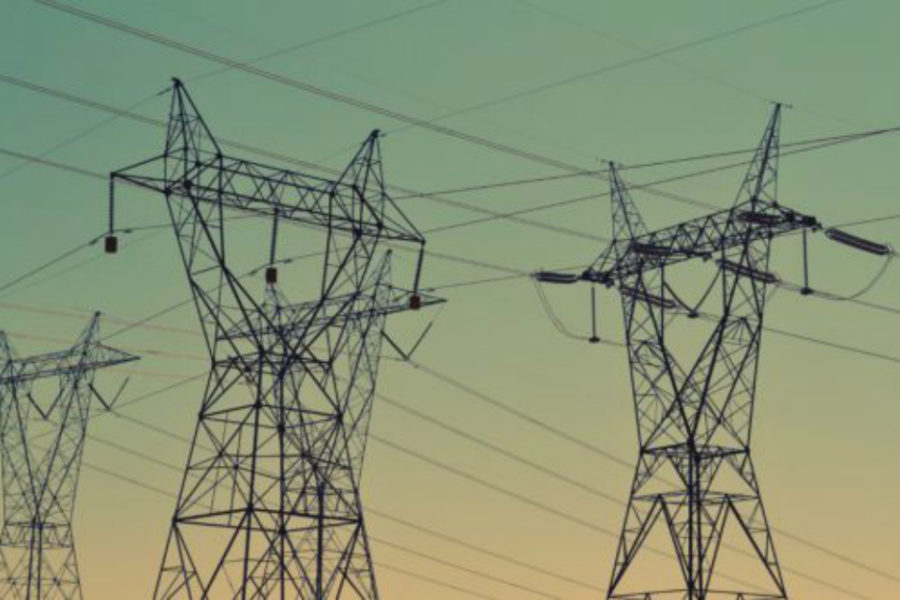In recent years, the UK Government has set out progressive energy policies to meet its ambitious legally binding decarbonisation target of an 80% reduction in CO2 emissions by 2050, in accordance with the UK Climate Change Act of 2008. Accordingly, the UK energy system is currently undergoing a period of significant transformation that will bring forth a paradigm shift in the way that energy will be produced, supplied and consumed. The transformation will lead to a transition from a centralised energy system towards a complex ecosystem of distributed generation, intelligence and adaptation. Nevertheless, there are significant challenges that lie ahead – not only for the UK Government but governments across the world, as the global energy system moves towards greater decentralisation and bi-directionality. The many different components of this low carbon energy ecosystem will need to be developed simultaneously and integrated in concert, with the timing of integration of low carbon innovations also critical.
The UK is expected to see a steep rise in the share of renewable energy in the coming years leading up to 2020 with as much as 20-30GW of capacity expected to come from wind and solar energy. Furthermore, in the following decade demand-side response is expected to rise significantly from greater usage of electric vehicles and scale-deployment of battery technology. This is pivotal as it is a well-recognised problem that while solar and wind energy are among the most promising low carbon options currently available to decarbonize the energy system, the variability and intermittency of their generation presents a significant challenge. In other words, how can the energy system meet peak-load or even base-load demand, when the sun is not shining and the wind is not blowing? Storage will play two important roles in the future energy system. Firstly, storage will increase efficiency of the system as it allows renewable energy to be collected and stored for later use – thus reducing waste in times of oversupply. Secondly, storage will provide the much-needed flexibility in the system as a service for time shifting when energy is used. The use of energy storage to keep the system in a supply-demand balance will also provide economic benefits such as avoiding the need to shut down or restrict the output from renewable energy sources when demand is lower than supply (known as curtailment, which has associated costs). The UK also will soon see the use of storage deployment for the rapid sub second task of keeping the network frequency in check as rapid changes in energy use affect the stability of 50 hertz (cycles per second) that the energy users need for many of their energy consuming devices to function reliably. In the future the local grid operators will also use storage to manage local networks to reduce peak loads on network hardware such as sub station transformers. The UK Government recognises the paramount importance of energy storage innovation to enable the low carbon energy system transformation, as indexed by its £246million investment in energy technology, which includes the £65million flagship Faraday Institution – spearheaded by seven of UK’s leading research universities in the field.
However, while further advances on energy technology development are important for its efficiency, scalability and cost-effectiveness, another equally critical factor in this equation is the strategy for deployment and integration of energy storage into the energy system. Moreover, moving forward it will be important to assess the economic opportunities and barriers around the integration of storage into the energy system, rather than merely focusing on how smart grid can support the integration. Some of the critical issues that need to be resolved relate to storage ownership models, value chain and business models. This includes identifying ways to unlock multiple service revenue stacking for whole system benefits, local grid aggregation, pricing signals for whole system optimization; and explore the appropriateness to approach storage as a service rather than commodity (e.g. pay for kilowatt hour rather than the battery).
In terms of regulatory framework, a greater clarity is required to understand how policies and strategies of governments should define storage and ways to set the overarching focus on flexibility. Furthermore, examination is needed to establish market arrangements for arbitrage to ancillary services and taxation of electricity, so that storage can gain the needed value in the market (akin to other flexibility options) in order to incentivize investment in storage. The UK Government has already taken steps to address these challenges and to capitalize on the opportunities ahead, as outlined in the recent publication from the Department of Business, Energy & Industrial Strategy (BEIS) on smart systems and flexibility, “Upgrading Our Energy System”.
In this context, the UK Science & Innovation Network (SIN) in Europe is supporting a collaborative initiative between government and industry, led by the Carbon Trust, with the aim to develop solutions to overcome obstacles that are currently deterring investment in flexibility solutions such as energy storage, by addressing some of the above issues. The initiative, Energy Systems Innovation Platform, brings together the Scottish Government and prominent energy companies Centrica, Dong Energy, SSE, Scottish Power, Statoil and Wood Group Clean Energy, which together account for almost half of the UK’s electricity market and hold a sizable share of renewables and conventional generation in their portfolios. The ESIP will inform government, regulators and key market stakeholders on the obstacles preventing energy storage solutions and identify avenues for current policy and regulation to overcome these barriers, by establishing a robust evidence base for viable business models for energy storage services – to the effect of delivering a cost reduction to the UK electricity system. The SIN Europe support specifically enables the ESIP work to expand insights from lead European markets, from a market, regulatory and commercial perspective.

